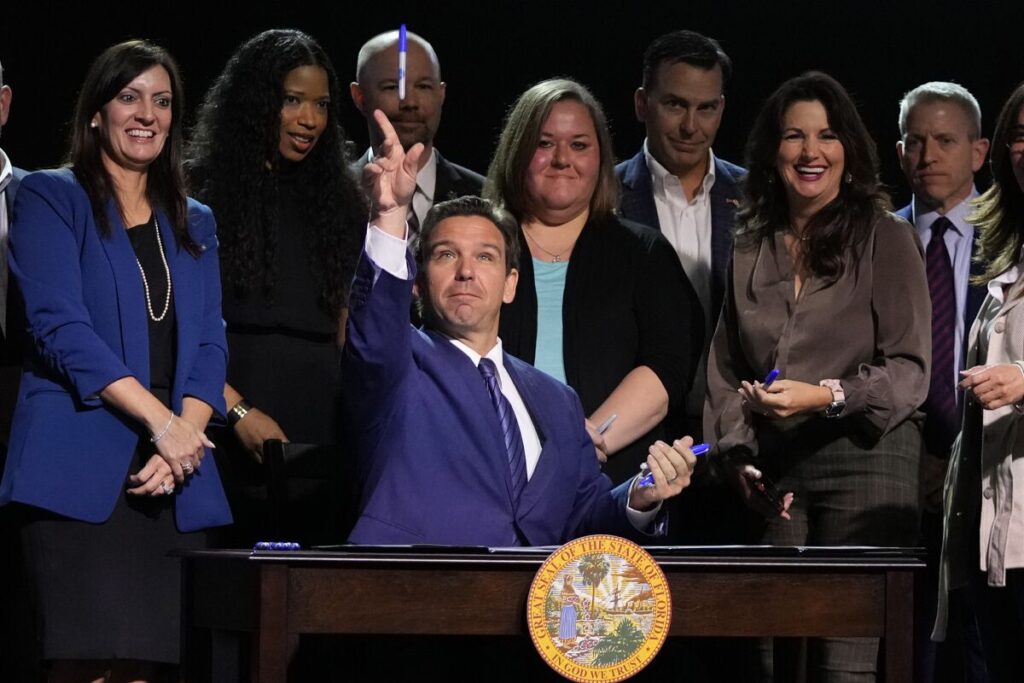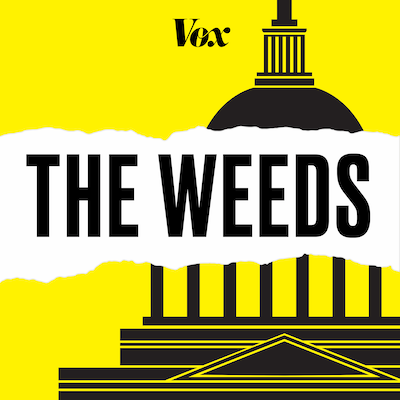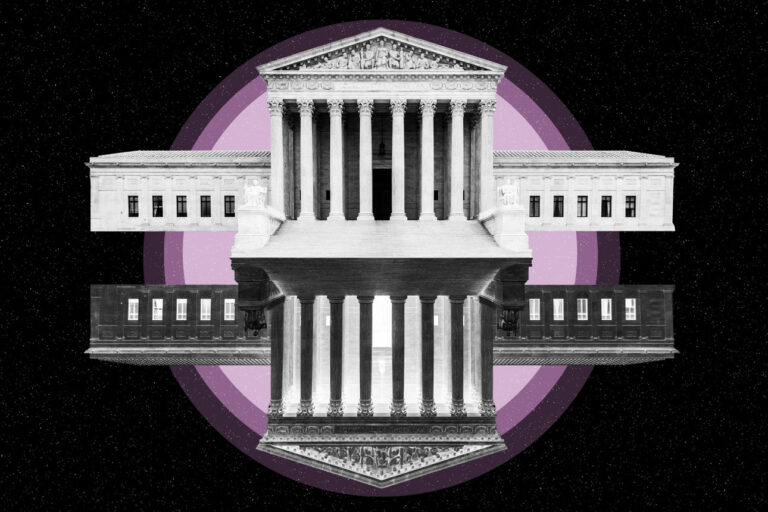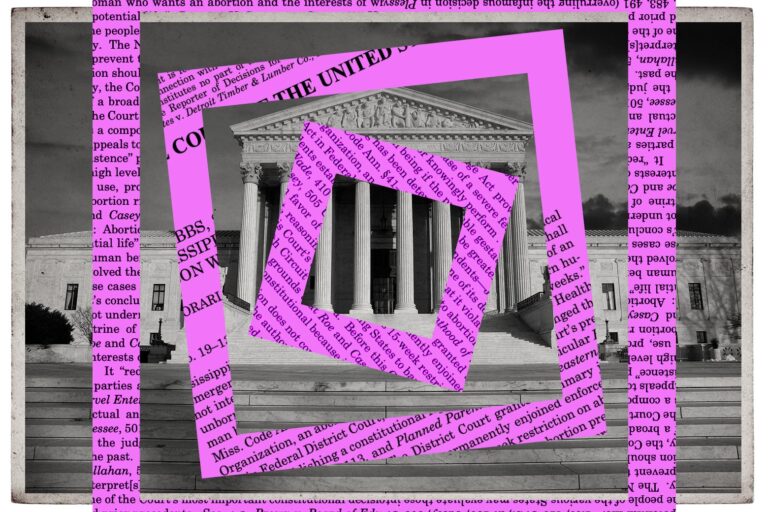The backlash against anti racism is a temper tantrum
Say It Louder

Osamudia James is a professor of law at the University of North Carolina.
In our country, privilege for one often means oppression for another. The anti-racism movement acknowledges this reality — making the movement a target for politicians such as Florida Gov. Ron DeSantis, who last week signed into law a bill blocking public colleges from using federal or state funding on “diversity, equity and inclusion” programming.
This is a shift away from the relatively positive reception diversity efforts have enjoyed over the last two decades. Indeed, diversity initiatives were accepted because they maintained the silence about white privilege. The emergence of an anti-racism movement, however, broke that silence, and now even diversity efforts pose a threat to racial hierarchy in America.
The value of diversity was never more loudly trumpeted than after the 2003 Supreme Court case about race in college admissions. In an opinion written by Justice Sandra Day O’Connor, the Supreme Court affirmed diversity as a compelling state interest that justified the consideration of race in admissions processes. Sustained monitoring would ensure consideration of race imparted the least harm possible to “other innocent persons competing for the benefit.” The term “innocent persons,” a quote from a 1978 affirmative action case, was code for white people.
Read the Story on LA Times
The fate of affirmative action
Speaking Of...

Every week on The Weeds, host Jonquilyn Hill and guests break down the policies that shape our lives, from abortion to financial regulations to affirmative action to housing.
Summer is around the corner, which means the latest rulings from this Supreme Court are as well. Two cases will take on affirmative action. In this episode of The Weeds we go on a deep dive with Vox reporters Fabiola Cineas and Ian Millhiser and look at the man behind both cases, the current state of affirmative action, and what a future without this policy would look like.
Listen to the podcast on Vox
SCOTUS is hiding its most importance decisions from you
Read This

As the Supreme Court begins to release its written opinions from its most recent term, much of the public’s attention is focused on high-profile cases on affirmative action, election law and environmental regulation. But according to Stephen Vladeck, a professor at the University of Texas Law School, this narrow focus on the most headline-grabbing decisions overlooks a more troubling change in the High Court’s behavior: The justices are conducting more and more of the court’s most important business out of the public eye, through a procedural mechanism known as “the shadow docket.”
Quantitatively speaking, cases arising from the shadow docket — which include everything apart from the court’s annual average of 60 to 70 signed decisions — have long made up a majority of the justices’ work. But as Vladeck documents in his new book, The Shadow Docket,published this week, the court’s use of the shadow docket changed dramatically during the Trump years, when the court’s conservative majority used a flurry of emergency orders — unsigned, unexplained and frequently released in the middle of the night — to greenlight some of the Trump administration’s most controversial policies.
Read the story on Politico
How the conservative legal movement succeeded beyond their wildest dreams
Less of This

One day after his 19th birthday, Ray walked into a crisis pregnancy center in Cedar Rapids, Iowa. His boss had recommended it. Ray, a trans man who had recently aged out of the foster care system, had gotten a positive on a pregnancy test and wanted confirmation. (We are using only his first name to protect his privacy.) At the center, a woman invited him into a backroom. Before giving him the test, she spent several minutes praying for him, even pulling out a Bible and reading several pages aloud. She then gave him a pregnancy test. Ray recognized it as the exact brand he had purchased at the dollar store. It turned out positive.
She told Ray to come back in two weeks for an ultrasound. When he arrived, she spent some time urging Ray not to get an abortion. Then she did the ultrasound. It detected no heartbeat. It seemed strange to Ray, but the technician didn’t seem particularly concerned. She told Ray he was either miscarrying or earlier in the pregnancy than suspected and then sent him home.
Read the story on Slate









